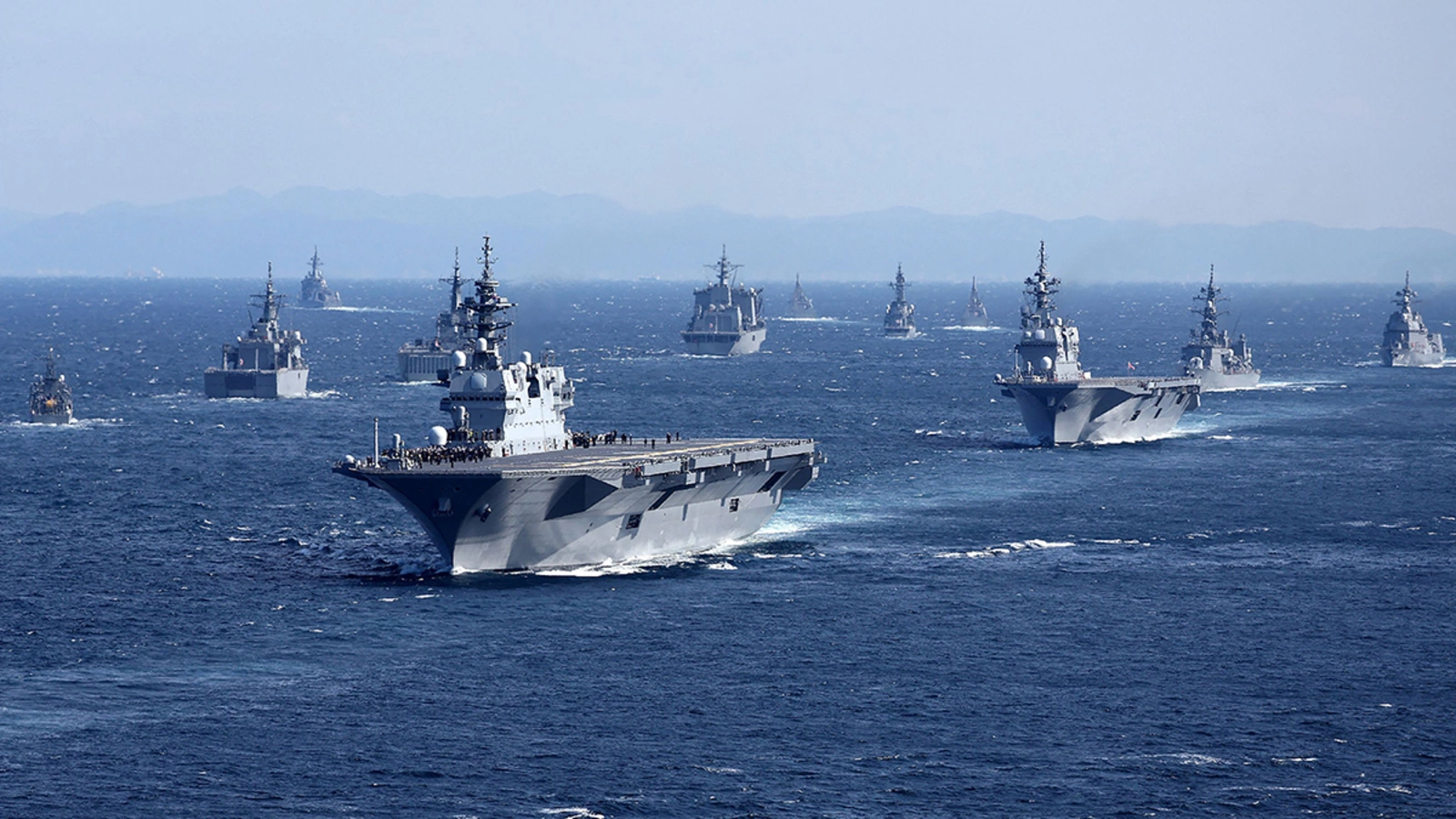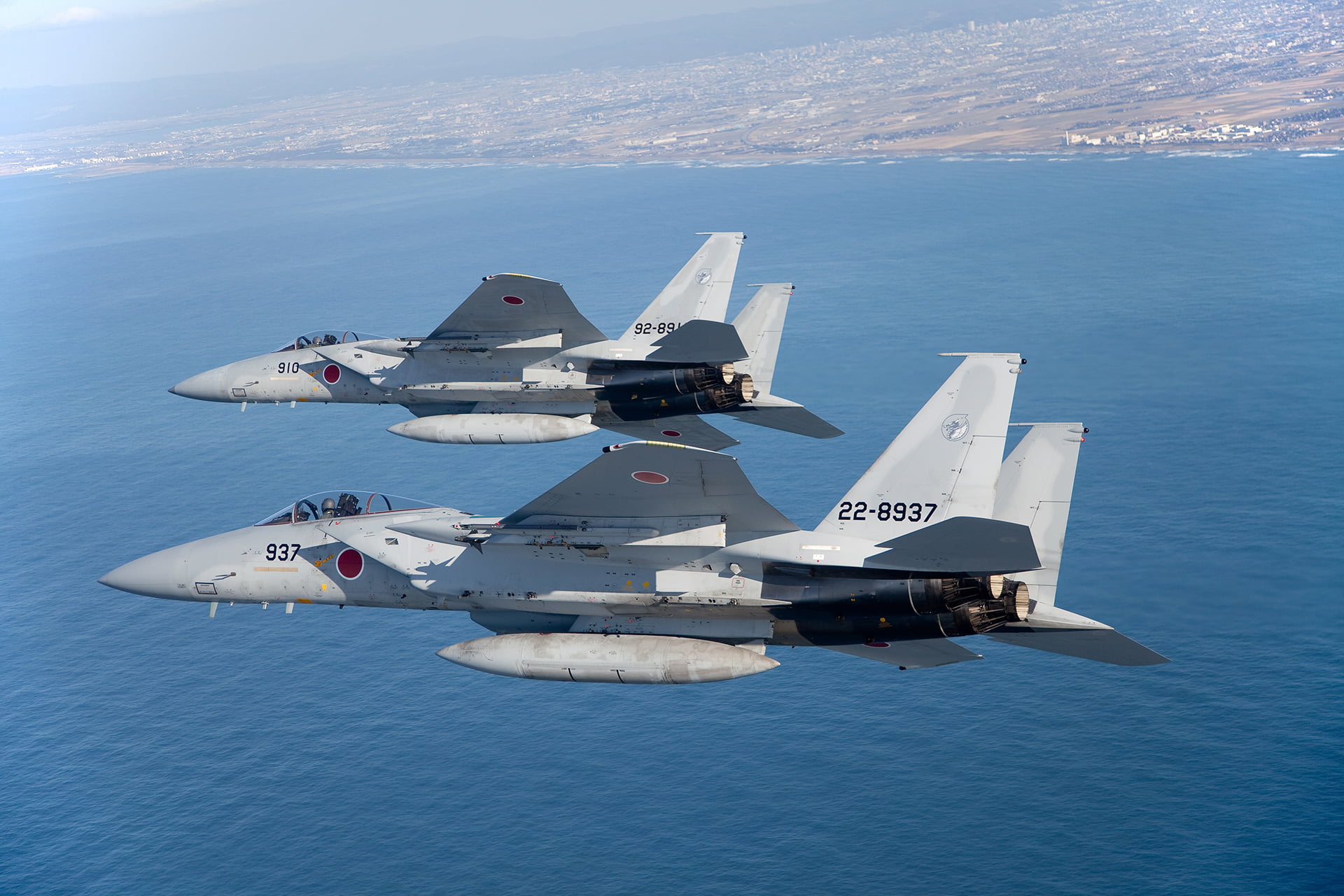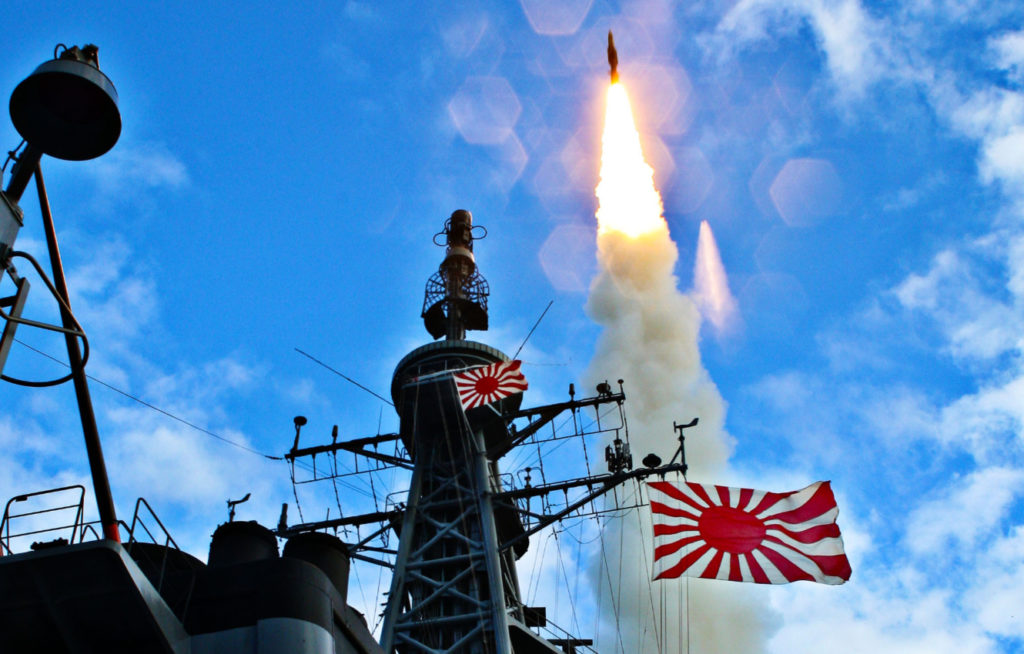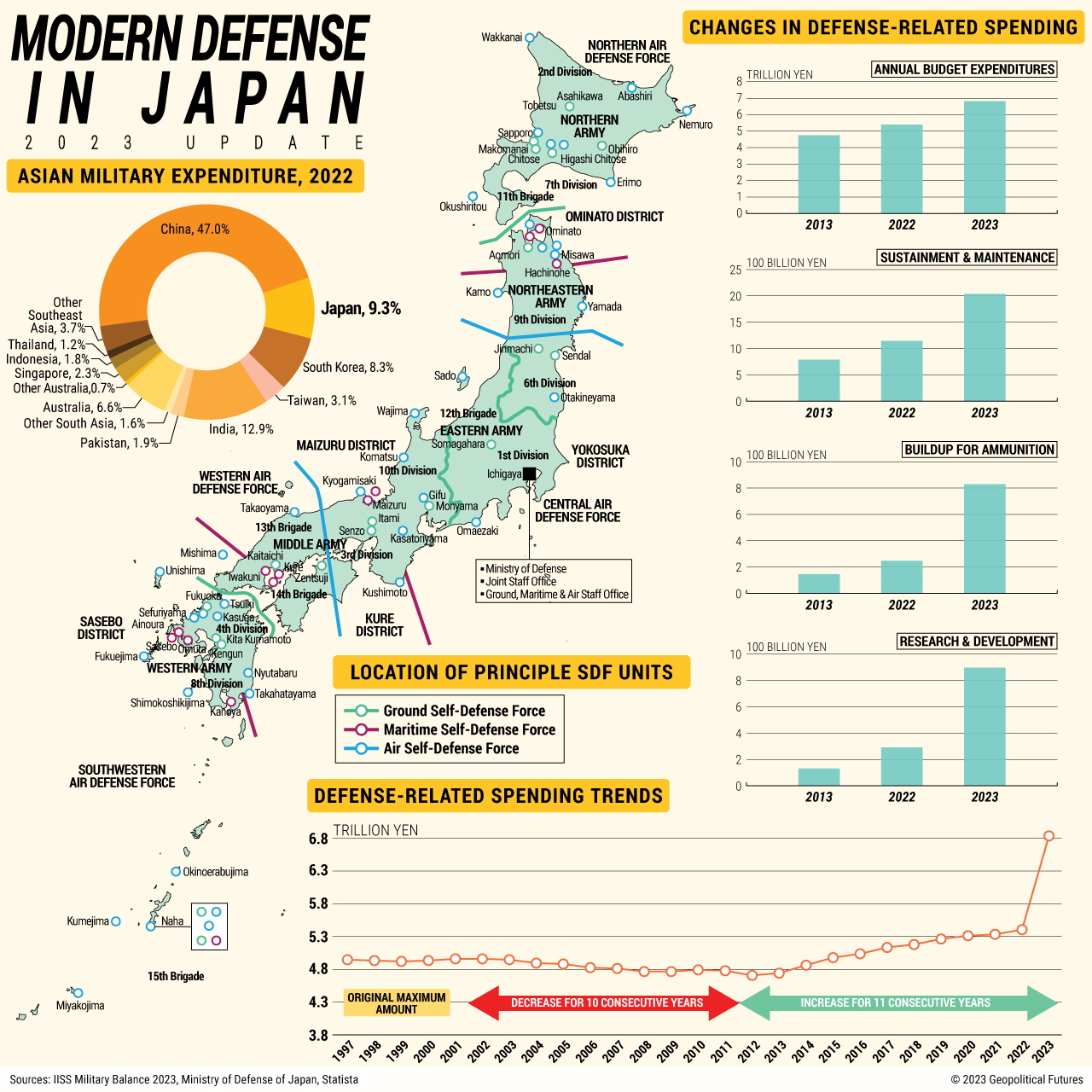
Japan’s Defense Modernization
The country's defense spending in 2023 rose by the most in at least 70 years.
 Since 2017, Japan’s spending on defense has been rising faster than
its gross domestic product. The 2023 budget for the armed forces, known
as the Japan Self-Defense Forces, was 26 percent higher than the
previous year’s sum – the largest nominal increase in the country’s
military spending since at least 1952.
Since 2017, Japan’s spending on defense has been rising faster than
its gross domestic product. The 2023 budget for the armed forces, known
as the Japan Self-Defense Forces, was 26 percent higher than the
previous year’s sum – the largest nominal increase in the country’s
military spending since at least 1952.
 It was the first since Tokyo
unveiled its new National Security Strategy, which includes a target to
bring military spending up to 2 percent of GDP by 2027. The introduction
of this new target is a significant shift from Japan’s postwar defense
policy, which capped military spending at 1 percent of GDP and
significantly restricted the JSDF’s capabilities.
It was the first since Tokyo
unveiled its new National Security Strategy, which includes a target to
bring military spending up to 2 percent of GDP by 2027. The introduction
of this new target is a significant shift from Japan’s postwar defense
policy, which capped military spending at 1 percent of GDP and
significantly restricted the JSDF’s capabilities.
 The main reason for this fundamental change is the worsening security
environment in the Indo-Pacific region, specifically China’s assertive
activities and the nuclear threat North Korea poses. Russia’s increased
aggressiveness is also unsettling Japanese officials.
The main reason for this fundamental change is the worsening security
environment in the Indo-Pacific region, specifically China’s assertive
activities and the nuclear threat North Korea poses. Russia’s increased
aggressiveness is also unsettling Japanese officials.
 To prepare for
these growing threats, Tokyo plans to acquire new counterstrike
capabilities, update the JSDF’s maritime and air systems, and improve
self-reliance by encouraging the Japanese arms industry to expand its
domestic manufacturing and maintenance capacity. Currently, Japan is
capable of producing all of its planned military ships and almost 90
percent of its planned land systems, but it relies on the United States
for many aircraft and missiles.
To prepare for
these growing threats, Tokyo plans to acquire new counterstrike
capabilities, update the JSDF’s maritime and air systems, and improve
self-reliance by encouraging the Japanese arms industry to expand its
domestic manufacturing and maintenance capacity. Currently, Japan is
capable of producing all of its planned military ships and almost 90
percent of its planned land systems, but it relies on the United States
for many aircraft and missiles.





No comments:
Post a Comment
Note: Only a member of this blog may post a comment.